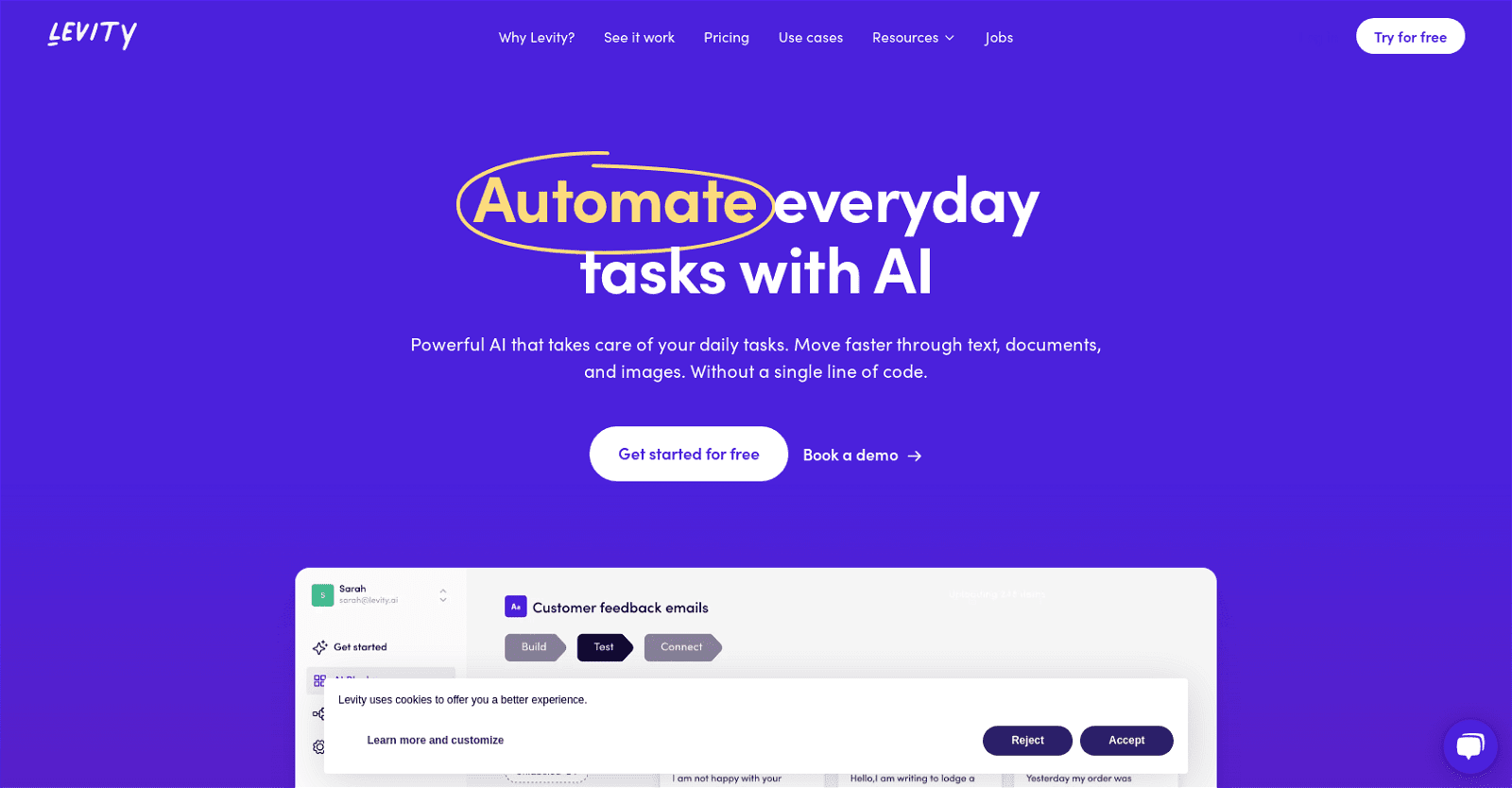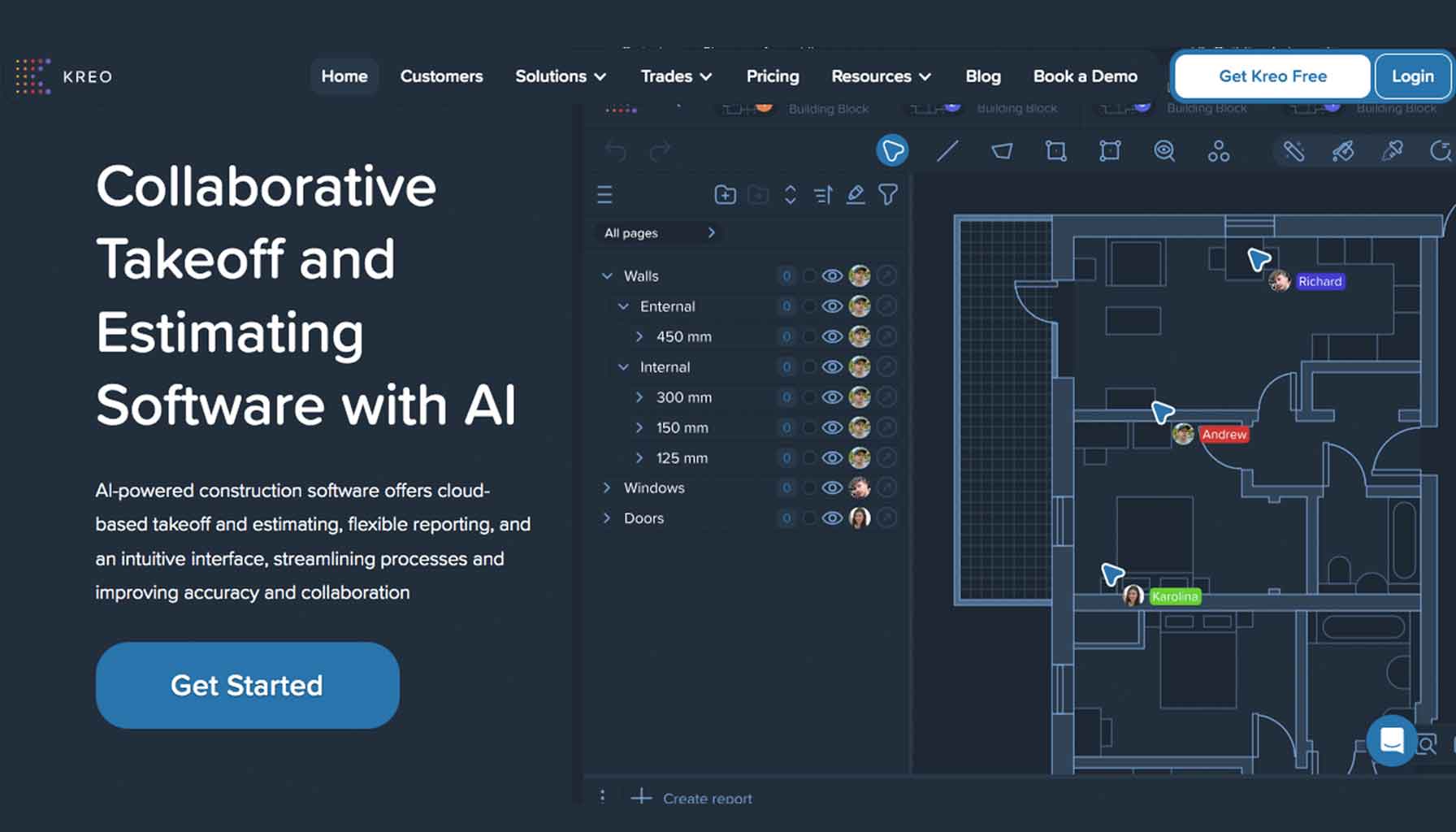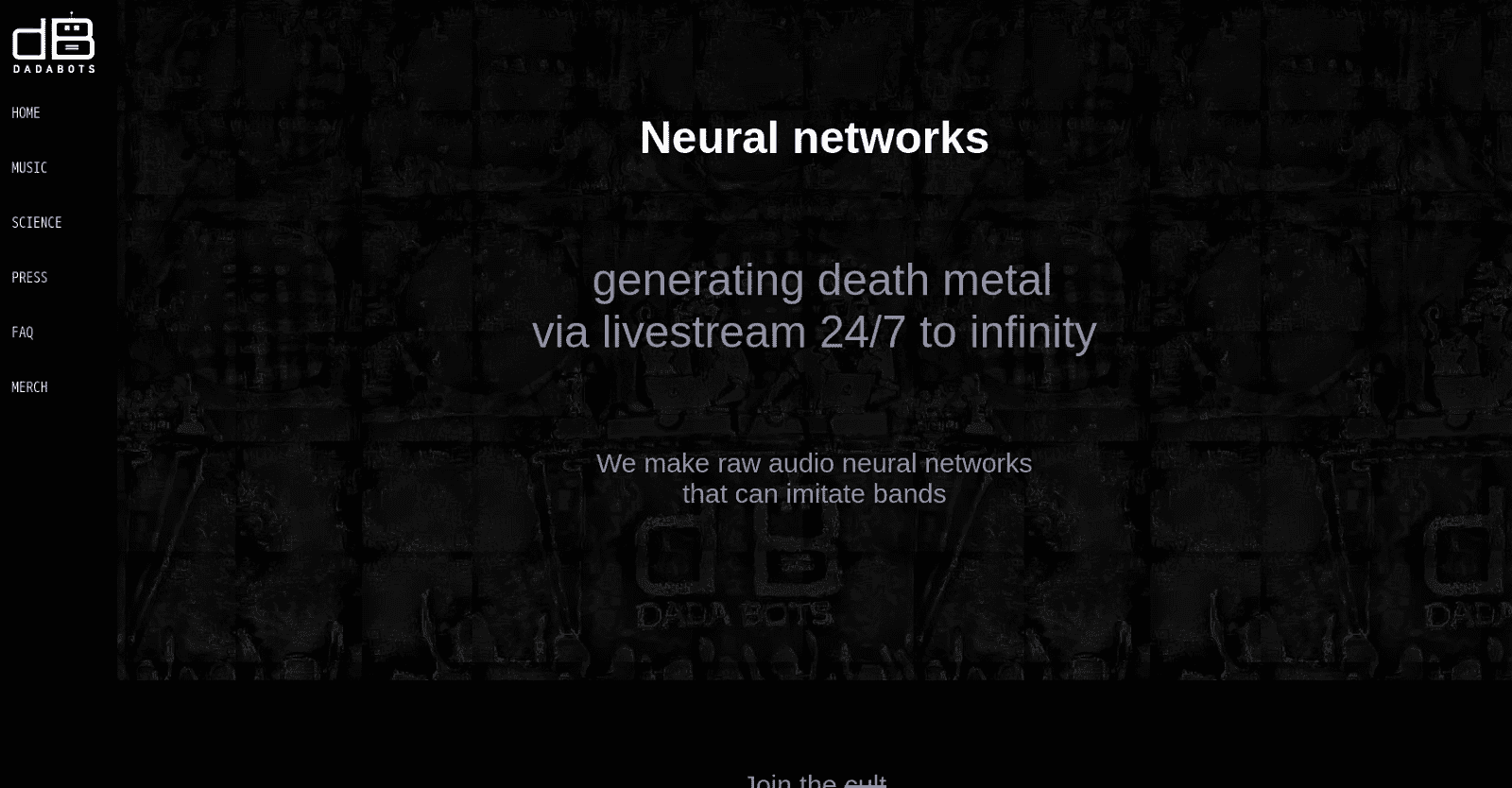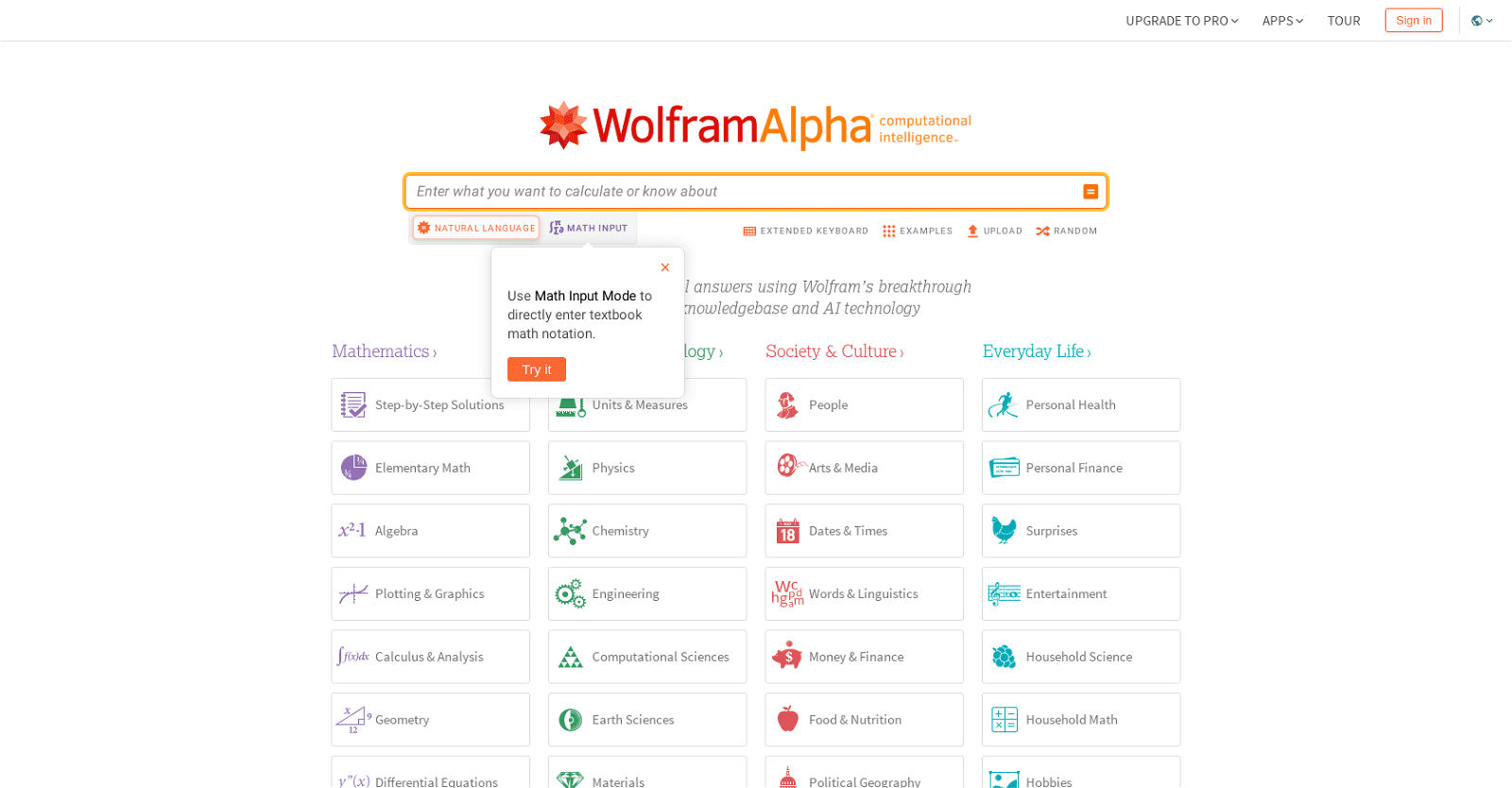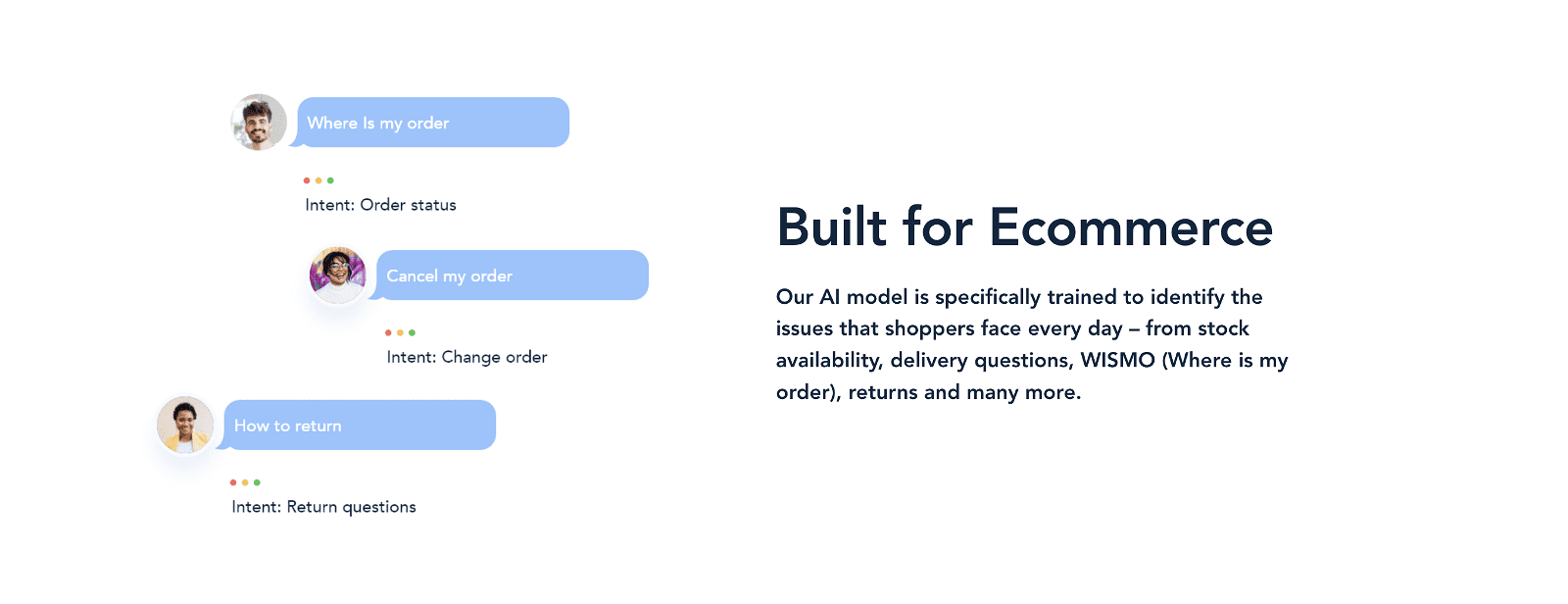Levity is a no-code AI workflow automation platform that enables users to automate tasks such as email outreach responses, inventory management, survey responses, document classification, customer support tickets, and content moderation. It uses powerful AI technology to enable users to perform these tasks without a single line of code.
Levity integrates with many of the most popular tools, such as Gmail, Google Sheets, Google Drive, Jira, Microsoft Cloud, Dropbox, Box, Airtable, Slack, Zapier, Zoho, and Make. It can be used to automate tasks such as email campaign responses, inventory management, survey responses, and document classification.
It can also be used to detect positive and negative feedback, understand customer language, and filter for urgency. In addition, it can be used to tag product images and descriptions, check documents for missing input, and organize emails. Levity also provides a workspace for teams to work together on their workflow. It is easy to use, and provides users with the ability to save time and brain space by keeping their inboxes organized.
More details about Levity
What workflow tasks can Levity automate?
Levity can automate a variety of workflow tasks such as email outreach responses, inventory management, survey responses, document classification, and customer support tickets. Other applications include tagging product images and descriptions, checking documents for missing input, and organizing emails.
Is there a possibility to use my custom API with Levity?
Levity does allow integration with custom API, among its many other integrations, providing seamless connectivity and increasing its practical utility significantly.
Does Levity offer text data analysis?
Yes, Levity provides analysis for text data. It can detect positive and negative responses, understand customer language, and filter responses according to urgency.
Can Levity help with inventory management?
Yes, Levity can help streamline inventory management. It can tag product images and descriptions automatically, facilitating a smooth inventory tracking process. This automation not only saves time but also reduces the scope for manual error.
